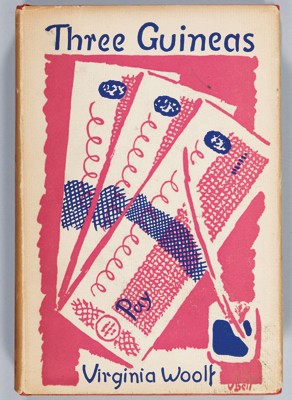Two "Core Curriculum" Exhibitions Launch Online

These online exhibitions were created by Karla Nielsen during the summer of 2011 as part of her work as Association of Research Libraries CEP Fellow, based in the Rare Book and Manuscript Library.
Columbia's ongoing commitment to the College's Core Curriculum extends to the University Libraries' holdings in general, and to special collections in particular. The Rare Book and Manuscript Library, located on the 6th Floor of Butler Library, preserves and provides access to important editions of, and in some cases autograph manuscripts by, the majority of authors taught in the Core Curriculum. Additionally, the collections include subsequent editions, translations, and adaptations, which demonstrate the transmission and reception of these works across centuries and attest to their continuing importance.
The Core Curriculum at began as an attempt to deal with "the insistent problems of the present," in light of the "persistent voices of the past" (1919). It has been hailed as "an oasis of order and purpose" (1993) and, by its historian, Timothy P. Cross, as "a refuge from the fleeting and the trivial" (1995). These new online exhibitions celebrate the Core as the cornerstone of a education, while showing that the Libraries' collections contain the texts themselves, many not only in printed editions but also in manuscripts dating from before the advent of printing.
The manuscripts and printed texts come from a wide variety of Rare Book and Manuscript Library collections, including those of Stephen Whitney Phoenix, the Libraries' first special collection, George Arthur Plimpton, Gonzalez Lodge, and David Eugene Smith. Early materials include a papyrus fragment of Homer's Iliad dating from the 1st century BCE; a manuscript portion of the Quran, written and illuminated in 1259; a 14th century fragment from the Hebrew Book of Numbers; and a 14th century manuscript of Aristotle's Ethics, Politics, and Economics.
Other highlights include: a copy of Herodotus's Historia (Venice, 1502) owned by Erasmus; a copy of Homer’s Works (1517) owned by Melancthon and Martin Luther; the first printed polyglot Bible (1514-1522); Galileo's Starry Messenger (1610); Shakespeare's first folio Works (1623); Rousseau's The Social Contract (1762); John Jay's manuscript of Number 5 of The Federalist Papers (1788); Mary Wollstonecraft's A Vindication of the Rights of Woman (1792); Jane Austen's Pride and Prejudice (1813); and Virginia Woolf's To the Lighthouse (1926).
For those interested in the history of the Core, the Rare Book and Manuscript Library holds not only the files of the University Archives, but also the papers of many of the important figures in the founding and development of the Core, in particular those of John J. Coss and John Erskine. RBML is also home to the papers of Jacques Barzun, Nicholas Murray Butler, Harry J. Carman, Irwin Edman, Moses Hadas, Douglas Moore, Lionel Trilling, Mark Van Doren, and Jack Beeson among many others involved in the development of the various branches of Core Curriculum.
RBML Curators regularly host visits from Core classes and welcome inquiries from Core instructors for sessions tailored to their specific needs. Holdings are not limited to the material presented in these two new online exhibitions. Please contact us at rbml@library.columbia.edu to arrange for a visit to RBML.
The Rare Book & Manuscript Library owns over 500,000 rare books in some 20 book collections and almost 28 million manuscripts in nearly 3,000 separate manuscript collections. It is particularly strong in English and American literature and history, classical authors, children‘s literature, education, mathematics and astronomy, economics and banking, photography, the history of printing, New York City politics, librarianship, and the performing arts. Individual collections are as eclectic as they are extensive. For more information, please see: https://library.columbia.edu/libraries/rbml.html
Columbia University Libraries/Information Services is one of the top five academic research library systems in North America. The collections include over 11 million volumes, over 150,000 journals and serials, as well as extensive electronic resources, manuscripts, rare books, microforms, maps, and graphic and audio-visual materials. The services and collections are organized into 22 libraries and various academic technology centers. The Libraries employs more than 500 professional and support staff. The website of the Libraries is the gateway to its services and resources: library.columbia.edu.